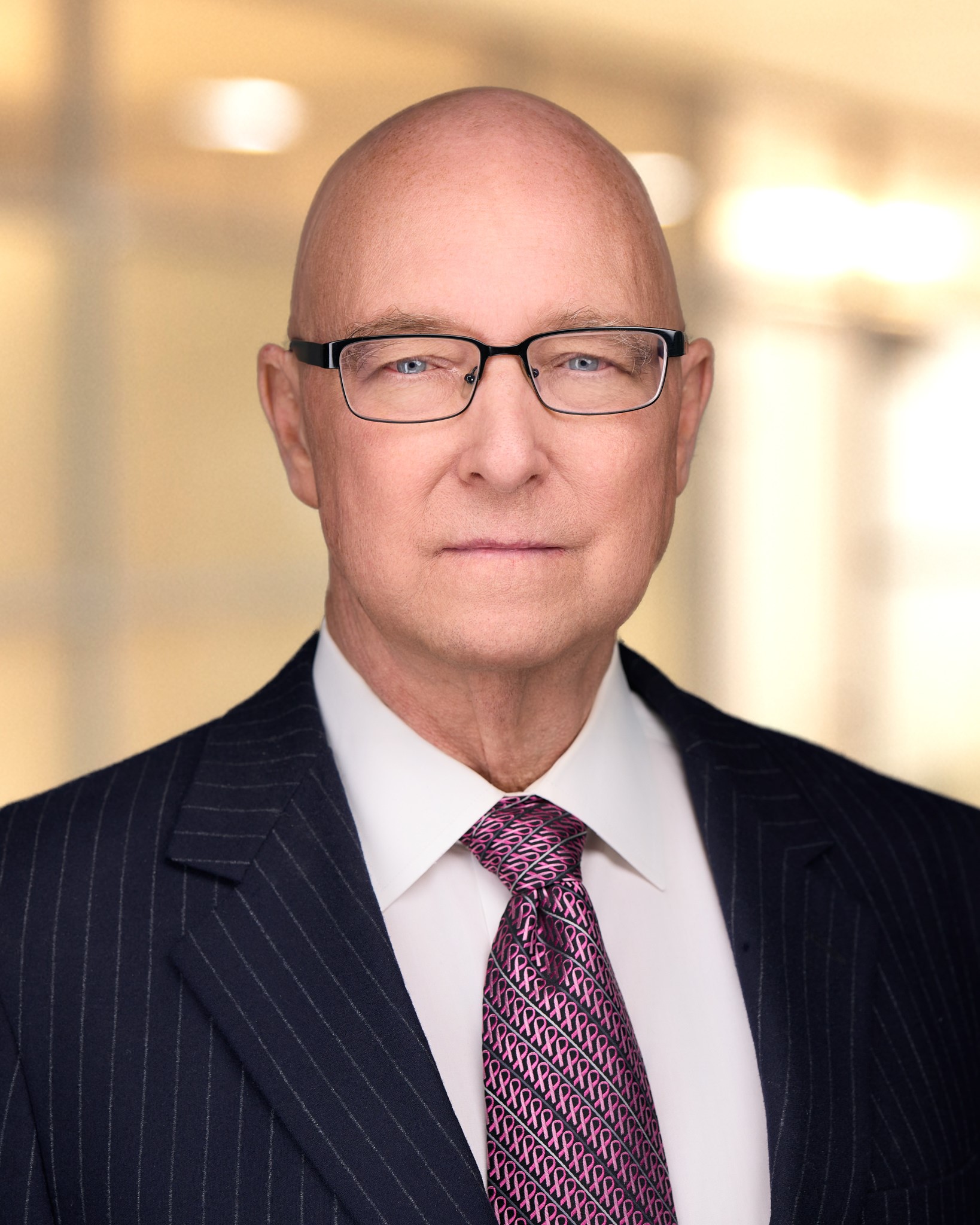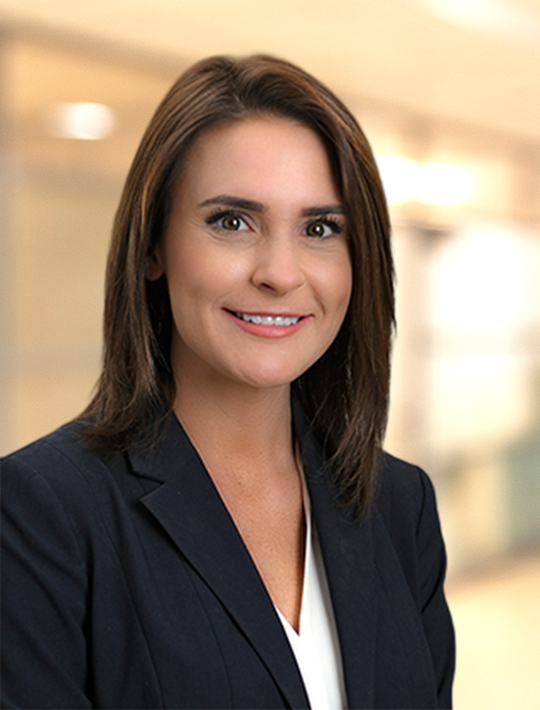On March 27, 2020, with the Coronavirus Aid, Relief, and Economic Security (“CARES”) Act, Congress allocated $350 billion to help small businesses keep workers employed while we address the novel Coronavirus pandemic and the resultant economic disruption. One component of the CARES Act is the Paycheck Protection Program (“PPP”). The PPP provides 100% federally guaranteed loans to small businesses that may be used to fund payroll obligations. If the funds are used for approved expenses (which are more than only payroll), the loans may be entirely forgiven.
What is the PPP?
The Paycheck Protection Program provides 100 percent federally guaranteed loans to small businesses. To the extent that loan proceeds are used to pay payroll (including benefits) and related expenses, the loans can be forgiven. In other words, your business can borrow money to make payroll and other expenses, and never have to pay the money back.
Who is eligible for a PPP loan?
• A small business with fewer than 500 employees
• A 501(c)(3) charity with fewer than 500 employees
• Sole proprietors, independent contractors and gig economy participants
• Must also have been operational on February 15, 2020
In addition, there are special rules applicable to the restaurant and hospitality industries, they having been especially hard hit by the pandemic. One of those special rules is that the 500-employee cap is waived provided there are no more than 500 employees at any one physical location.
There are, of course, organizations that are not eligible. For example, 501(c)(7) organizations, an example being a country club, are not eligible.
Where do I apply for a PPP loan?
You apply for a PPP loan at any bank or credit union that is approved to participate in the program through the existing U.S. Small Business Administration lending program. In addition, there are other lenders approved by the Department of Treasury.
There are thousands of banks and credit unions that already participate in the SBA’s lending programs. Simply call your usual bank/lender and ask if they are participating. If not, the SBA has a Lender Match tool on its website that will point you to participating institutions. Other resources include a local Small Business Development Center or Women’s Business Center.
How difficult is it to apply?
You will be hard pressed to find an easier-to-complete loan application. On the first page you certify that neither the borrower nor any of its 20 percent owners are disqualified based on a series of factors. On the second page you provide good faith estimates of the use of the funds you are borrowing and how much you would like to borrow. And then there is a page of required government disclosures that you need to read, but they require nothing of you.
You will be asked (all you need to do is initial) to in good faith certify that:
• The uncertainty of current economic conditions makes the loan request necessary to support ongoing operations; and
• That you will use the loan proceeds to retain workers and maintain payroll and benefits or to make mortgage, lease, and utility payments
If you are an independent contractor, sole proprietor, or self-employed individual, lenders will also be looking for certain documents such as payroll tax filings, Forms 1099-MISC, and income and expenses from the sole proprietorship.
What is the maximum amount of a PPP loan?
You may apply for (the amount you will receive will be determined by the lending bank) up to 250 percent of your average total monthly payroll expenses incurred in the one-year period before the loan is made, up to a total of $10 million. Also, there is a per-employee cap of $100,000 in compensation exclusive of taxes, group medical insurance premiums and certain other expenses. It is intended that the loan proceeds will cover eight weeks of payroll expense plus rent, making payments towards debt obligations and other payments to, in effect, keep the business afloat.
What do I have to do so that the PPP loan will be forgiven?
The amount of principal that may be forgiven is equal to the sum of expenses for payroll and benefits, existing interest payments on mortgages, rent payments, leases, and utility services.
However, proposed regulations issued late on April 9 (the first applications for PPP loans were not accepted until the next morning) require that, in order for the loan to be forgiven, at least 75 percent of the proceeds have to be paid out as payroll. Payroll costs include employee salaries (up to an annual rate of pay of $100,000), hourly wages and cash tips, paid sick or medical leave, and group health insurance premiums. You are not forbidden from using the PPP loan proceeds for other expenses (e.g., inventory), but that portion of the loan will not be forgiven.
When is the loan forgiven?
The loan is forgiven at the end of the eight-week period after you take out the loan. Borrowers will work with lenders to verify that PPP loan proceeds were used to satisfy approved expenses and the proper amount of forgiveness.
How much of my loan will be forgiven?
The purpose of PPP loans is to help you retain your employees at their current base pay/benefits. If you keep all of your employees and compensation levels, and at least 75 percent of the proceeds are used for payroll with the remainder of the proceeds are devoted to other approved expenses, the entirety of the loan will be forgiven. If you keep some employees and layoff others, the forgiveness will be reduced by the percentage decrease in the number of employees. If your total payroll expenses on employees making less than $100,000 annually decreases by more than 25 percent, loan forgiveness will be reduced by the same amount. If you have already laid off some employees, you can still be forgiven for the full amount of your payroll cost if you rehire your employees by June 30, 2020.
What about interest on the forgiven loan?
If the full principal of the PPP loan is forgiven, you do not have to pay any interest accrued in the eight-week covered period. The remainder of the loan that is not forgiven will (i) accrue interest at an annual one percent rate and (ii) mature in two years with 6-month deferment.
Here is a link to the SBA resources page on the PPP Loan program:
https://www.sba.gov/page/coronavirus-covid-19-small-business-guidance-loan-resources
Here is a link to an FAQ issued on April 7:
https://home.treasury.gov/system/files/136/Paycheck-Protection-Program-Frequenty-Asked-Questions.pdf
****
Stoll Keenon Ogden understands that these are trying times for our clients and our country. Our firm operations have continued uninterrupted and our attorneys are equipped to serve as we always have – for over 120 years.
Please also be sure to consult the Stoll Keenon Ogden Coronavirus Resource webpage for additional articles and information related to the latest information on new laws and directives enacted by federal, state, and local governments in response to the Coronavirus pandemic.

